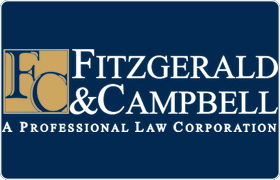Napa County, CA Bankruptcy & Debt Lawyers
Sponsored Law Firm
-
 x
x

Click For More Info:
-
Fitzgerald & Campbell, APLC
400 N. Tustin Avenue Suite 401 Santa Ana, CA 92705» view mapBankruptcy & Debt Lawyers Who Solve Serious Problems
We are a motivated, respected, and experienced law firm that provides affordable services that get results.
800-732-9061
Charles Lewis Gravett
Estate Planning, International Tax, Bankruptcy, Business, Trusts
Status: Retired Licensed: 43 Years
Jason Scott Luros
Estate Planning, Workers' Compensation, Bankruptcy, Construction, Contract
Status: In Good Standing
N Rebecca A Turner
Landlord-Tenant, Real Estate, Litigation, Bankruptcy
Status: In Good Standing Licensed: 22 Years
Richard V. Day
Trusts, Elder Law, Business, Credit & Debt
Status: In Good Standing Licensed: 45 Years
Ronda Leigh Connor
Commercial Real Estate, Trusts, Credit & Debt, Bankruptcy
Status: In Good Standing
 Gregory Fitzgerald Santa Ana, CA
Gregory Fitzgerald Santa Ana, CA AboutFitzgerald & Campbell, APLC
AboutFitzgerald & Campbell, APLC Practice AreasExpertise
Practice AreasExpertise
